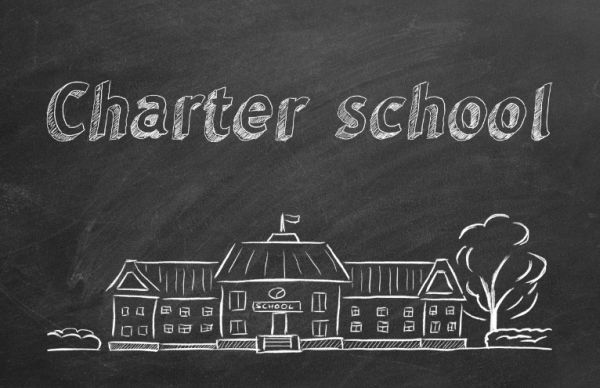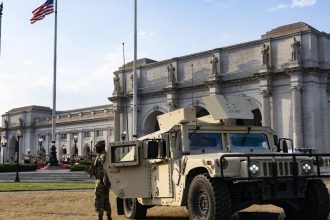a drawing of a generic schoolhouse and the words “Charter school”
Image: Adobe Stock
In North Carolina, high-performing charter schools can apply to replicate their model through a streamlined process called “fast-track replication.” Still, the application can still take months to complete.
But one school has found a way around that. Instead of applying through fast-track replication, Triangle Math and Science Academy (TMSA) sought approval to open a “sub campus,” a designation some charter networks use to add new locations under an existing charter.
The North Carolina Charter School Review Board voted in a split 6-5 decision on Monday to approve the Durham County campus, about 11 miles from TMSA’s Apex location. The new school will replicate the school’s Apex K–8 model, eventually serving about 900 students, starting with grades K–5 in August 2026.
The debate wasn’t over whether TMSA could expand. The academy has strong academic record. Its Apex and Triangle campuses hold “A” state performance grades, while the Greensboro and Charlotte schools have shown improvement. The network now serves about 6,000 students across North Carolina, with more than 5,000 on waiting lists.
But TMSA’s decision to bypass the “fast-track replication” sparked an intense debate Monday over the “sub campus” model, which some members of the state review board worried it exposed a loophole in the system, particularly if low-performing schools tried the same approach.
“I’m not sure I really like this idea of I open a sub campus in a different district, and just call it a way of expanding that requires a quick 10 slides and an executive summary and 20 minutes of deliberation,” board member Eric Sanchez said.
John Eldridge, vice chair of the charter review board, echoed similar concerns.
“I just want to make sure we’re clear on what ‘sub campus’ means, because it could be seen as avoiding the process of having to go through the application process for a new school,” said Eldridge. “If that’s the case, and that’s how things move forward, then we have to be careful about what standards are in place for what sub campus means, so that we don’t open up a can of worms.”
But some board members praised the subcampus option and see it as a creative and practical path for high performing charter schools weighed down by what they see as North Carolina’s lengthy application process, which can take months to complete.
“I am extremely in favor of this kind of category, especially with schools that … have an excellent track record,”board member Lindalyn Kakadelis said. “The application process can run [hundreds] of pages. If we want the charter school movement to expand in North Carolina, we need options like a sub campus.
Ashley Baquero, executive director of the state Office of Charter Schools, said concerns about low-performing schools using the “sub campus” model as a loophole are unlikely to materialize because such expansions still require approval from the Charter School Review Board.
“It’s unlikely the board would approve a sub campus for a low-performing school, just as in the past they have denied expansion requests for low-performing schools,” Baquero said.
But she noted that a different provision of state law could allow low-performing schools to move within a 10-mile radius without any oversight. “Because the law now allows a school to move up to 10 miles with no approval from the board or our office, hypothetically you could have a low-performing school move and have no control over that,” she said.
The board indicated it will form a subcommittee to establish clearer criteria for future sub campus requests.








